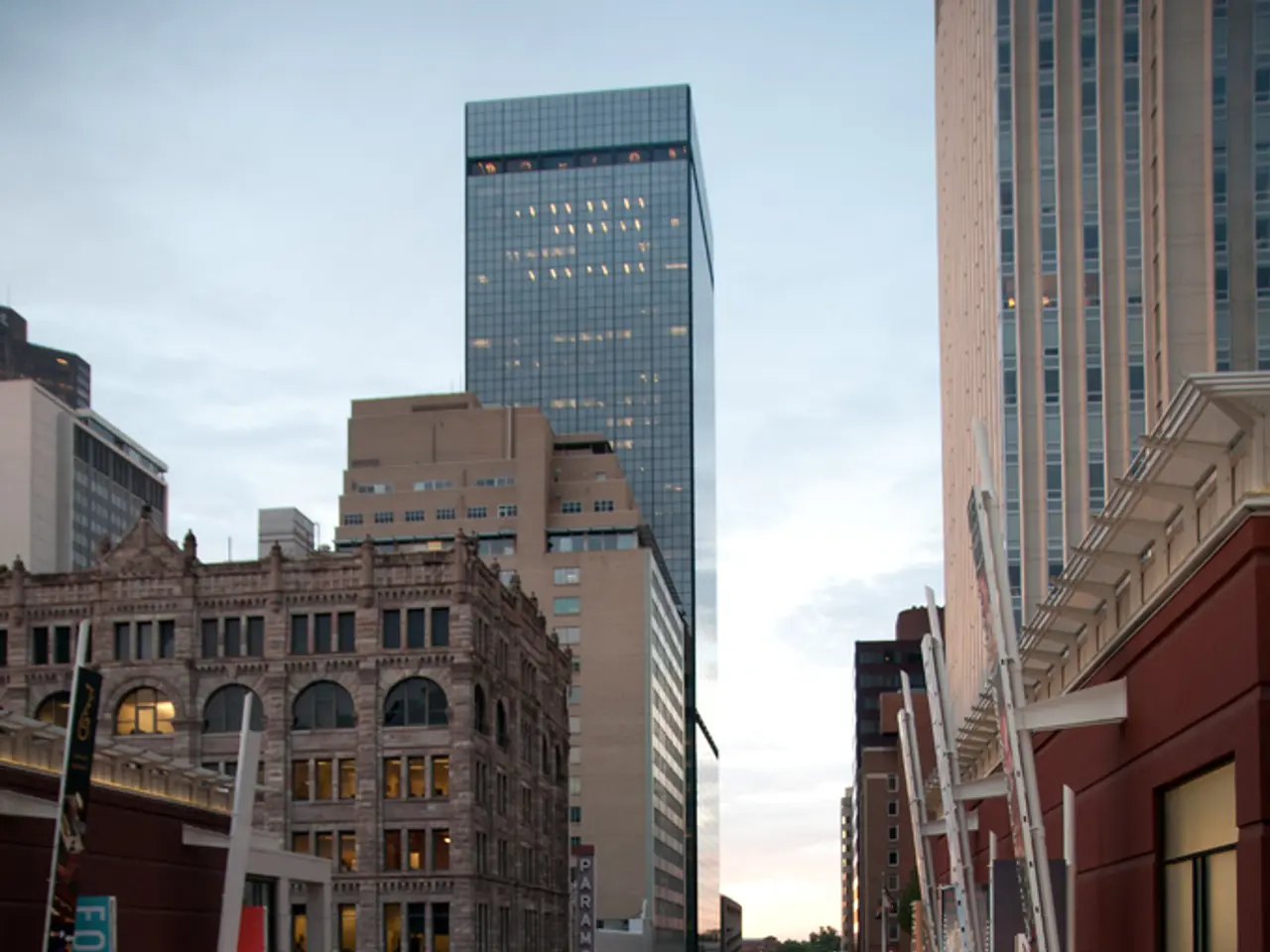Chronicle of Skid Row's Past
In the heart of downtown Los Angeles, a 50-city block area known as Skid Row has been a symbol of homelessness and poverty for over a century. This densely populated community, home to approximately 8,000 to 11,000 people, has its roots deeply entrenched in social, economic, and policy factors.
Historical Origins
The name "Skid Row" originates from logging terminology, describing routes where logs were dragged, eventually coming to signify impoverished urban areas. Skid Row's growth began in the late 1800s when Los Angeles became the terminus of the transcontinental railroad, attracting transient railroad workers, hobos, seasonal laborers, and new immigrants seeking cheap lodging and informal employment. Bars, brothels, and inexpensive hotels sprang up, catering to these marginalized communities.
By the 1930s, Skid Row was known for having one of the largest concentrations of homeless people in the country, estimated at about 10,000.
Causes and Contributing Factors
For decades, Skid Row housed mainly older, white, disabled men with alcoholism issues. However, in the 1980s, the homeless population expanded and diversified to include more younger Black and Latino men. Persistent poverty and the lack of affordable housing have been central drivers, exacerbated by mental health and addiction challenges among homeless individuals.
Social policies also played a significant role in Skid Row’s development. In the 1970s, restrictive laws targeting vagrancy and later public drunkenness gave police broad powers to control homeless people, often through arrests and displacement. Instead of dispersing the homeless population like other cities, Los Angeles chose the “Blue Book Plan” in 1976 to contain and consolidate services and shelters within Skid Row.
Subsequent administrations pursued initiatives like “Bring LA Home” to combat homelessness but faced difficulties in effectively reducing the crisis.
Ongoing Reality
Skid Row remains one of the most densely populated homeless communities in the U.S., with overlapping issues of poverty, addiction, and mental illness sustaining its challenges. The area is surrounded by more affluent districts, contributing to tensions over urban development and social services, as the poor and working-class residents often cannot afford to move.
In recent years, other cities in Los Angeles County like Long Beach, Glendale, Pasadena, and Santa Monica have stepped up to offer their own low-income housing and homelessness support. The Skid Row Housing Trust, a nonprofit organisation, has renovated or constructed nearly 30 residential buildings inside Skid Row, providing mini-apartments for the most fortunate residents and offering on-site services like addiction recovery counseling, health and wellness classes, and community activities.
Despite the challenges, Skid Row continues to be a testament to the complex interplay of social, economic, and policy factors that shape urban communities and the lives of those who call them home.
Footnotes:
[1] Katz, M. (2018). Skid Row: The Making and Unmaking of a Neighborhood. University of California Press.
[2] Wagner, P. (2015). Los Angeles: The Architecture of Four Ecologies. Verso Books.
[3] Marwell, G., & Schneider, J. (2013). City of Quartz: Excavating the Future in Los Angeles. University of California Press.
[4] Sit, A. (2017). The New Urban Crisis: How Our Cities Are Increasing Inequality, Deepening Segregation, and Failing the Middle Class—and What We Can Do About It. Picador.
- The historical roots of Skid Row, a symbol of homelessness and poverty, can be traced back to logging terminology and its designation as routes where logs were dragged.
- Economically, Sky Row has been plagued by persistent poverty and lack of affordable housing, which have been further exacerbated by mental health and addiction challenges among its residents.
- Mental health and wellness initiatives, such as addiction recovery counseling and health and wellness classes, have been offered to help residents overcome their struggles, with organizations like the Skid Row Housing Trust playing a significant role.
- Contemporary concerns regarding Skid Row extend beyond its homeless population, involving tensions over urban development, social services, and the ongoing struggle for affordable housing in the face of rising wealth disparities in the city.




